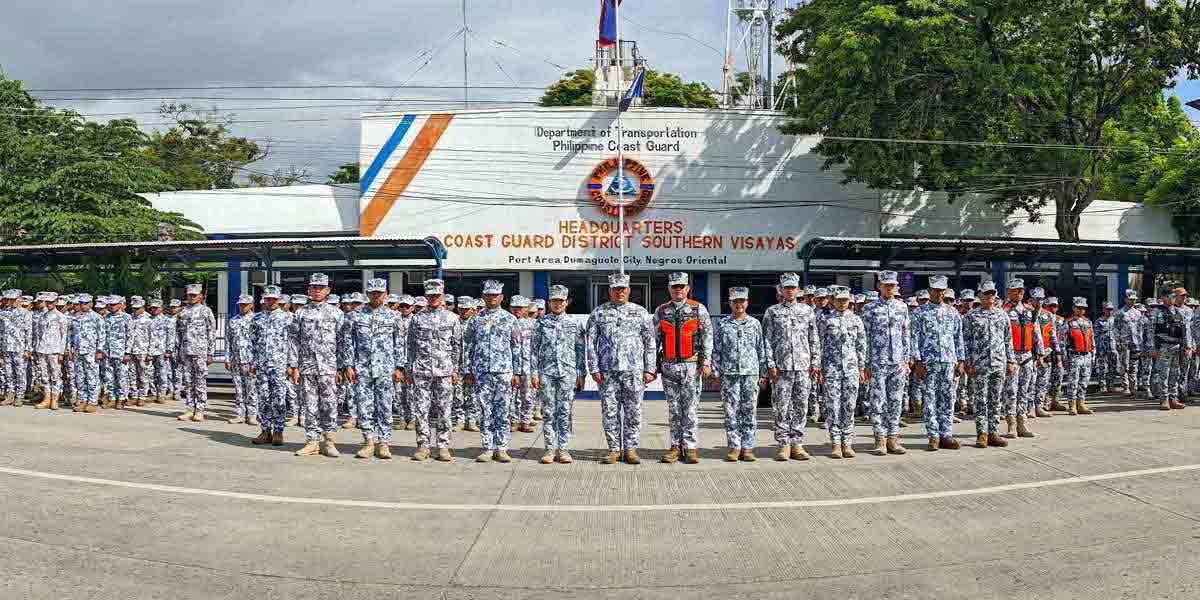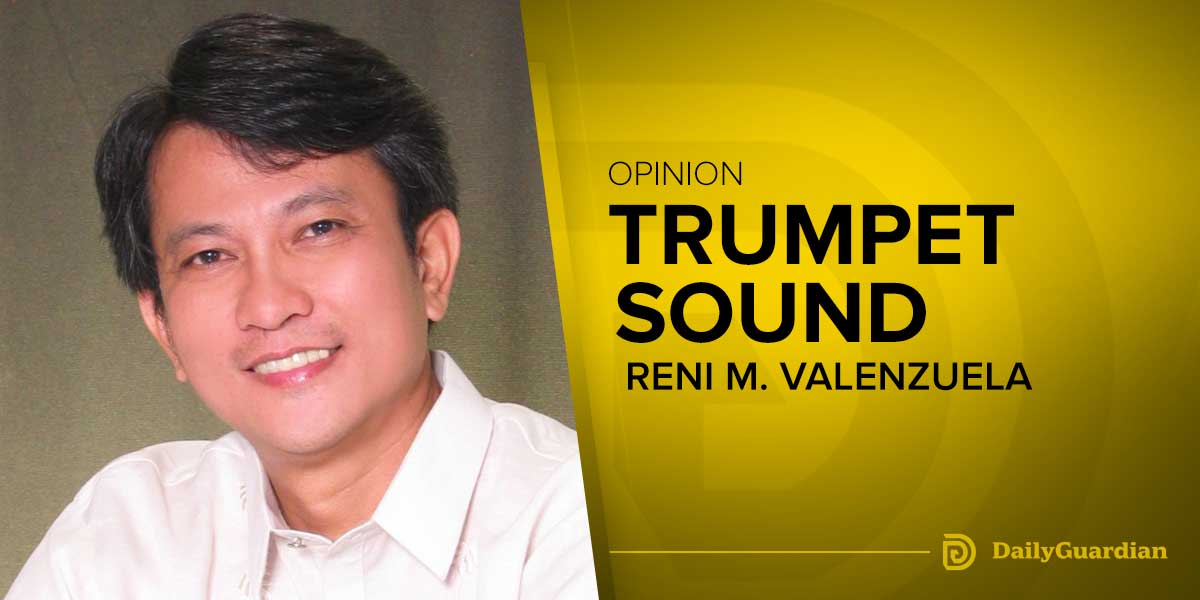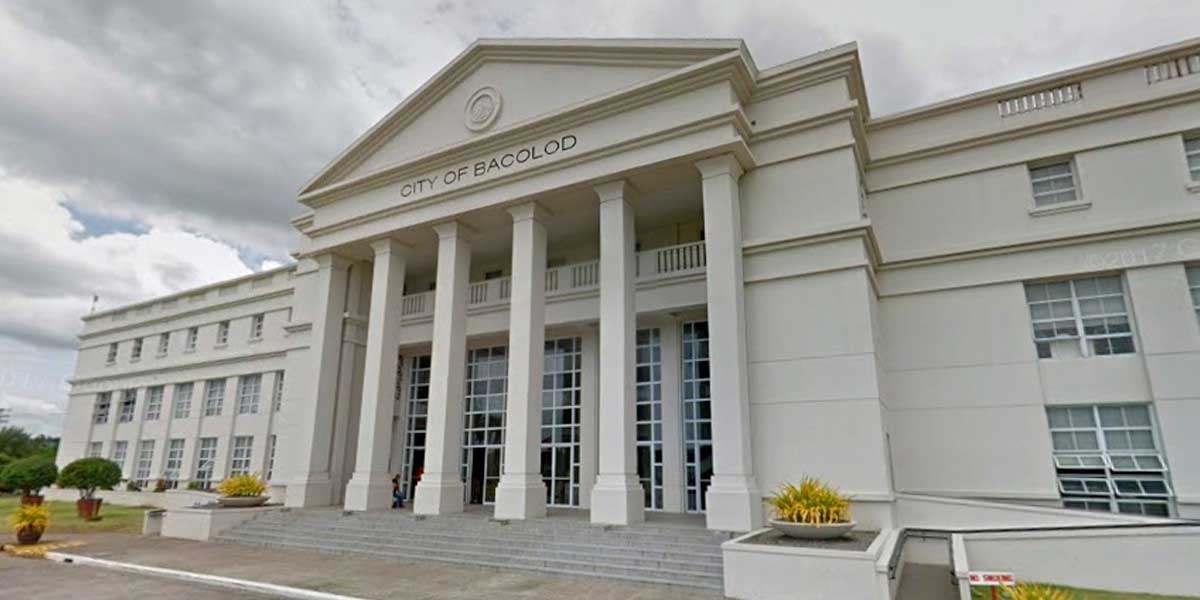 By Dr. Rex Casiple
By Dr. Rex Casiple
The opening of classes in basic education started on September 13, 2021. However, some private and public schools are expected to deviate from this approved opening date for public schools. As the country is still in pandemic, schools will continue to adopt a blending learning approach. The conduct of limited face-to-face classes in basic education is not allowed.
Despite these challenges, the Department of Education (DepEd) assured the public that classes would continue and no learner will be left behind. Last school year (SY) 2020-2021, at least 26 million enrollees in the basic education level learned their lessons at home through multiple learning delivery modalities. These include modular learning, online learning, television-based instruction, radio-based instruction or a combination of two or more delivery modalities under blended learning.
This SY 2021-2022, due to the continuing pandemic and the occurrence of Delta and other COVID-19 new variants, most schools in the country will continue to use the distance learning system which is the combination of online classes and printing learning modules. Enhanced blended distance learning will be implemented. This after DepEd in June announced that private schools may start their respective school openings as soon as they are ready, provided that there will be no face-to-face classes. Schools opening on September 13, 2021 may end their classes on June 24, 2022. The Christmas break shall begin on December 20, 2021 and end on January 2, 2022.
Last year the government suspended the face-to-face classes until the COVID-19 vaccine becomes widely available. In June 2021, China allowed the use of the Sinovac vaccine among kids. As reported the vaccination successfully triggered an immune response among the age group with only mild adverse reactions. This development gives positive insight to our basic education system as we have a stockpile of Sinovac vaccines in the country.
In the tertiary level, classes for academic year (AY) 2021-2022 started in August 2021 to September 2021. Of the 2,000 universities and colleges in the country, about one-third have already opened their classes. Others are planning to start their classes in October 2021.
The Commission on Higher Education (CHED) has indorsed their call to allow limited face-to-face classes in engineering, maritime, and hotel and restaurant management programs. Schools applying to conduct such classes should pass safety inspections by CHED and the Department of Health, as well as by their local government units.
Currently, the allowable programs for limited face-to-face classes are Medicine, Nursing, Medical Technology/Medical Laboratory Science, Physical Therapy, Midwifery, and Public Health. In addition to these, there are additional health related programs in the field of Dentistry, Respiratory Therapy, Pharmacy, and Radiologic Technology allowed to conduct limited face to face delivery delimited to specialized laboratory courses, experiential practice or clinical education or hospital-based clinical clerkship/internship/practicum.
There are now 118 universities and colleges across the country with at least 9,000 students conducting limited face to face classes. The virus’s infection rate has remained low in these schools. Around 76% of those in limited in-person classes and 95% of faculty members are vaccinated.
All undergraduate students of state universities and colleges and recognized local universities and colleges are entitled to free tuition and miscellaneous fees. Aside from this, there are scholarships offered by government agencies to Filipino undergraduate students enrolled in public and private higher education institutions (HEIs).
Some of these are the scholarships offered by the Department of Science and Technology (DOST), Overseas Workers Welfare Administration (OWWA), Bureau of Fisheries and Aquatic Resources (BFAR), Government Service Insurance System (GSIS), and the Commission on Higher Education (CHED).






















